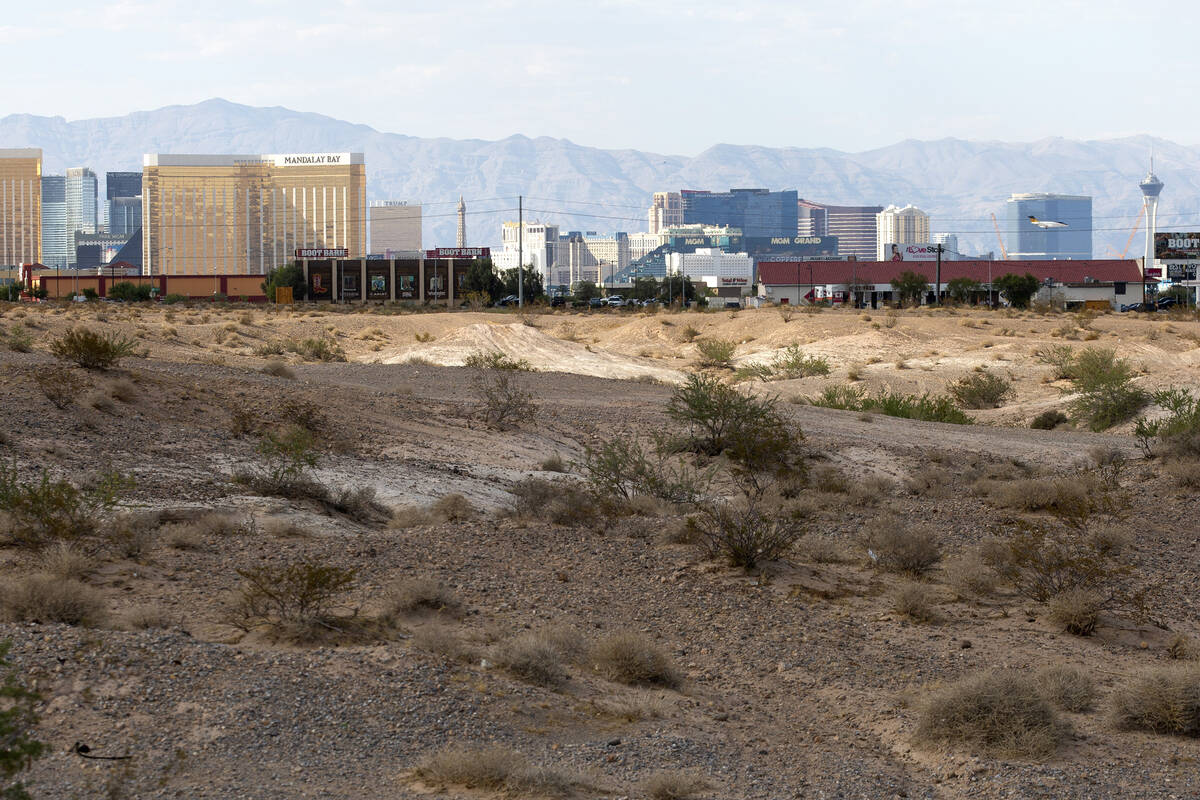EDITORIAL: Federal government increases its land stranglehold in Clark County
The anaconda snake wraps its body around its prey, preventing it from moving freely before squeezing it to death. When it comes to land, the federal government is doing something similar in Clark County.
As a percentage, Washington owns more of Nevada than any other state, and it’s not close. The feds control more than 80 percent of Nevada’s land, more than 56 million acres. In Utah, the next highest, it’s around 63 percent.
One might assume that most of that land is held by the National Park Service or Department of Defense. Those land holdings are understandable. But it’s the Bureau of Land Management that controls the vast majority of Nevada’s real estate — around 47 million acres.
It’s no better in Clark County, where the federal government controls 88 percent of the land. In 1998, Congress approved the Southern Nevada Public Lands Management Act. The point of that bill was to release more land for development in Clark County. It has led to land sales, but that’s not the only thing that’s changed.
“In Southern Nevada this problem has always been acute for us because we have no state land,” Mike Ford, who worked for the BLM for 25 years and cofounded Abbey, Stubbs &Ford, a public lands consulting firm, said recently. “And since 1998, when we’ve been on an enhanced land disposal program, the state of Nevada has more land in federal ownership today than they did in 1998.”
Some of this is the result of a clause in the act that allowed the feds to use part of the proceeds from local land sales to purchase potentially “sensitive” lands elsewhere in the state that were under private ownership. But there’s no getting around it: The federal government’s insatiable appetite for land is hurting Southern Nevada and driving prices higher.
“If land is constrained, land costs will be higher,” Shawn McCoy, director of UNLV’s Lied Center for Real Estate, said. “When land costs are high, our multifamily developers will not be able to make housing pencil in low-income areas, and so rents may be systematically elevated.”
Mr. McCoy has found that there are around 90,000 acres of accessible, developable land in Clark County. Currently, the Las Vegas Valley has only around 25,000 acres available for development. Absent a major downturn, the land will largely be used up in six to eight years. While there are no doubt looming infrastructure challenges — water, for instance — Washington’s insistence on padding its Nevada real estate portfolio is an economic albatross on the region.
In March, Interior Secretary Doug Burgum and Housing and Urban Development Secretary Scott Turner announced an effort to release more federal land for housing. That’s a good idea, but now it’s time to deliver results. There’s no better place to start than Clark County.
The Trump administration needs to loosen the federal government’s stranglehold on Nevada real estate.

















